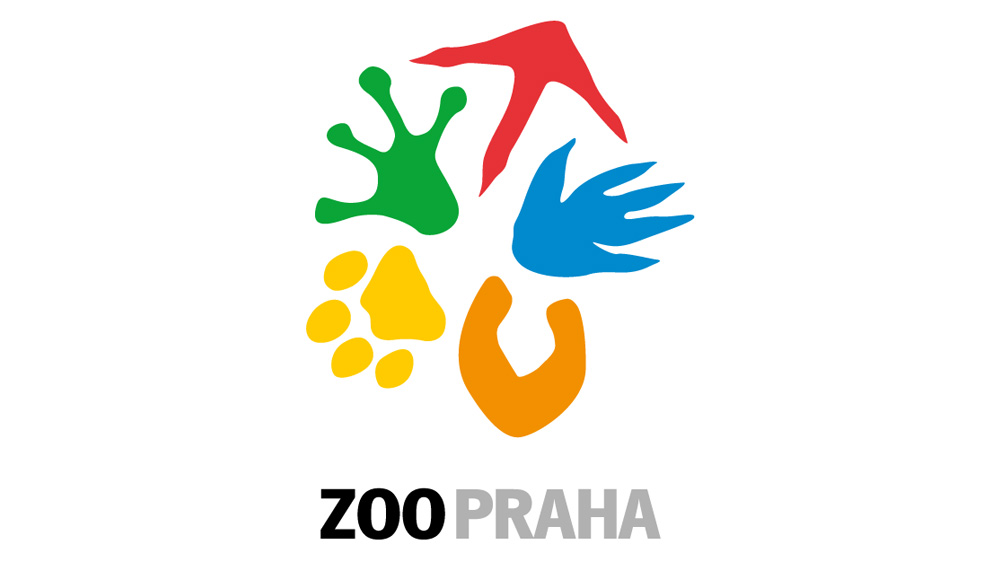
Remarkable Research by a Lugash Scientist
Last year around Christmas the prominent Lugash ethnographer Charles Litton stayed in Czech Republic. Now I have received a draft of his scientific paper, which he titled “Christmas Fish: Tradition and Rituals in Czech Republic (Eastern Europe)”. Of course, I will remind him again that we are located in Central Europe, and I will have to help him correct some inaccuracies or outright factual errors. Nevertheless, his work is so interesting, that I am at least summarizing it in my column today, on 1st April.
“For the ethnic groups living in Czech Republic, particularly for the majority Czechs and Moravians, Christmas is associated with demonstrative selling, killing and consummation of a fish called Eurasian carp (Cyprinus carpio). Despite the fact that most of the inhabitants of this region are atheist, the rituals in question reportedly follow the Western Christian tradition. This is only partly true: from the point of view of the religion the carp is the proper fasting meal, however the religion does not require its public selling or ritual killing. By an analysis of available sources, we discovered that in the 19th century the Prague Cardinal Schwarzenberg, whose family traditionally bred carps for consumption, contributed to the immediate connection between carp and Christmas and its popular street sale. Therefore, it was de facto a very successful marketing strategy, which persists until today despite the distance in time as well as in cultural development. Since the 19th century, according to our findings, there have been no substantial changes, neither in the way of selling (it is still realized from vats, as depicted among others by the Czech painter Josef Lada; 1867-1957), nor in the method by which it is killed (this is done ritually by the sellers in public, or by the buyers in their households; in Czechia, there is still a frequent ditty ʻGrandpa’s looking futilely for the carp under the wardrobeʻ – meaning a badly killed carp). The actual consumption of the carp takes place on the Christmas Eve. Strips of fish meat are coated with eggs and stale ground bread and after being fried they are served with a salad from potatoes, the recipe of which may show a Russian influence. It is necessary to mention that these old traditions and rituals persist in Czech Republic even in the 21st century not only in unchanged form but also in undiminished extent. Their documentation and research surely deserve more attention. Another crucial issue, which, however, would require the involvement of biologists, ecologists and sociologists, is the fact that due to the extensive maintenance of these traditions the ecosystems of many artificial reservoirs (so-called ‘ponds’), where these carps are fattened up, are completely degraded. In our opinion, this presents a much more fundamental problem than other questionable aspects of the above-described traditions and rituals, although these also are beginning to be criticised in the public space in Czech Republic.”
So much for the summary of Charles Litton’s extensive scientific work. I will not comment on it, although maybe just now, when our hearts are not tendered by Christmas carols and crowded shopping malls, is the right moment to discuss Christmas carps and first of all the condition of our ponds.
Written by: Miroslav Bobek, Director of Prague Zoo

